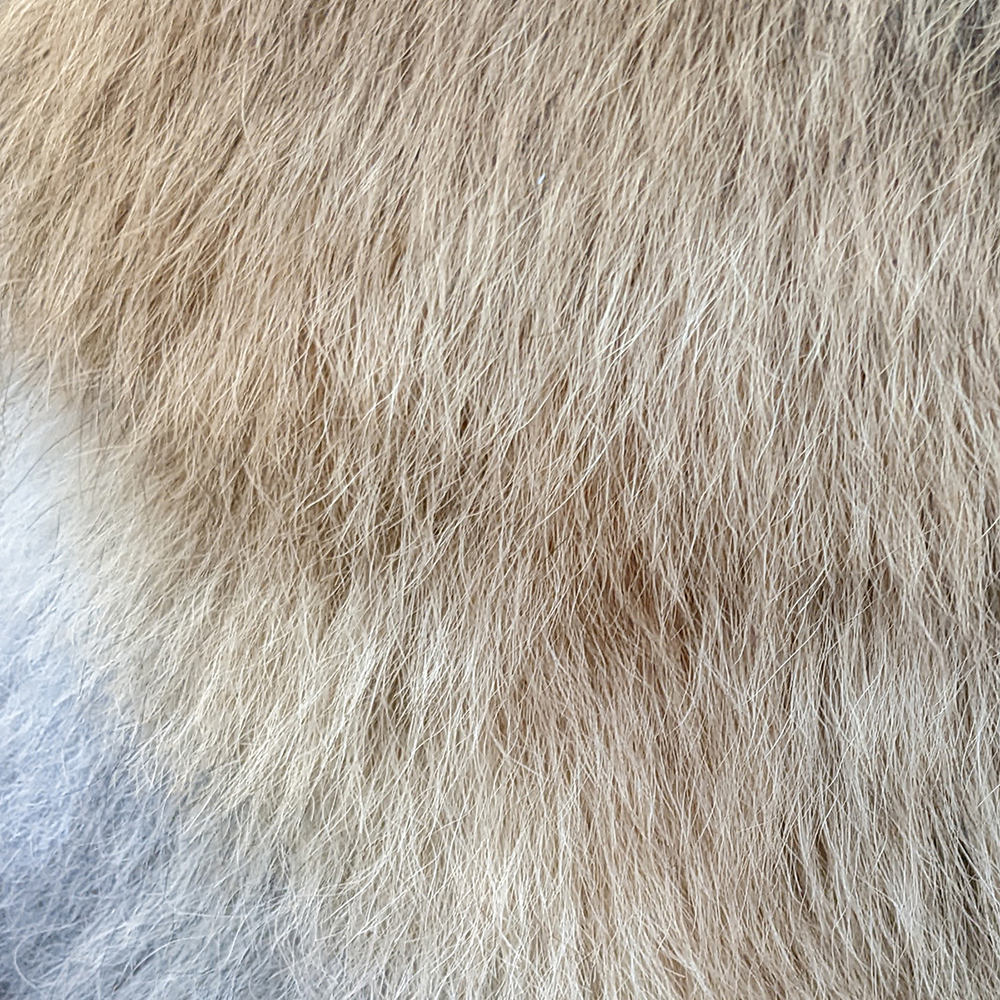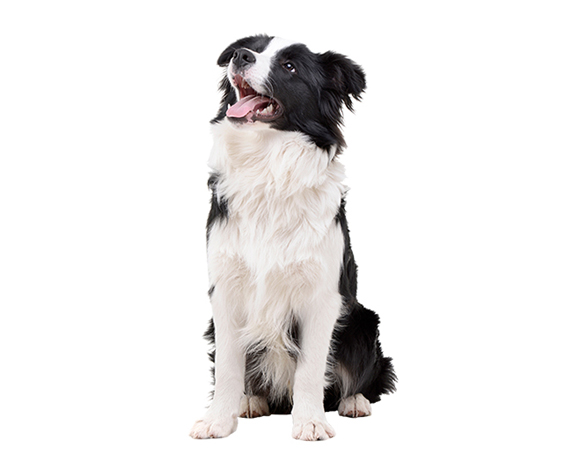Coat Study
Double Coats
Double coats grow to a predetermined length; this means the outer layer of fur grows as long as it needs to, rests / stops growing, then as it gets old it becomes loose naturally and is shed. The outer layer is weather resistant and the soft undercoat acts as an insulating layer which keeps the Dog warm in the winter and cool in the summer. The undercoat grows much faster than the top coat and without the undercoat to provide insulation, the Dog can overheat or get cold.
Double coats come in various lengths: short, medium and long. To prevent matting and a clumpy appearance, double coats require regular brushing to keep the coat looking healthy.
How To Groom A Double Coat
The best way to help maintain your Dogs coat is by regular brushing to remove the old undercoat ready for new growth. An undercoat rake helps lift the dead fur from the coat and a slicker brush helps untangle the growing fur.
If a double coated Dog is shaved it can cause long-term damage to the coat. Once the growth cycle is broken, the undercoat will grow back faster than the outer protective layer. The soft undercoat can sometimes crowd out the slower-growing guard hairs, which will change the texture and colour (coat funk).
Short Double Coat
Dogs such as Labrador Retrievers have a short dense double coat that appears close to the skin. They commonly go through seasonal coat blow outs where the hairs shed excessively as the weather changes.
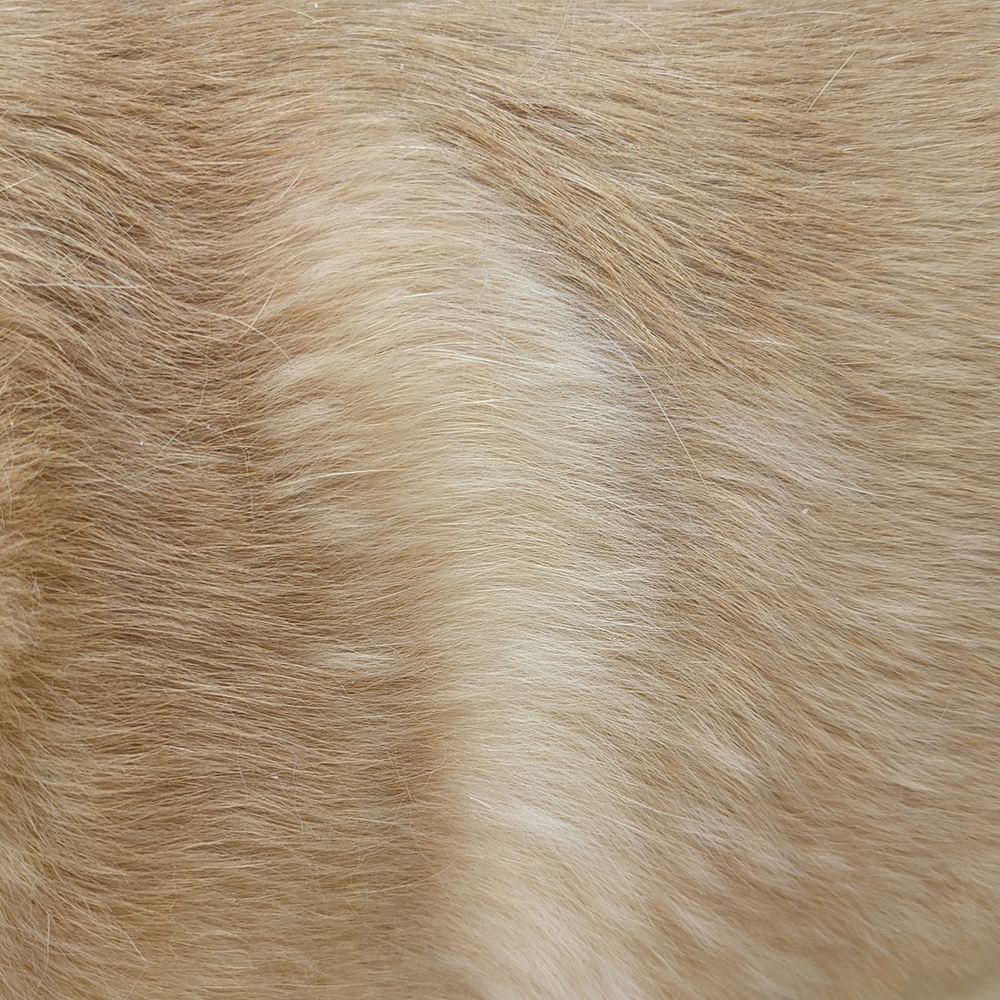
Before Grooming
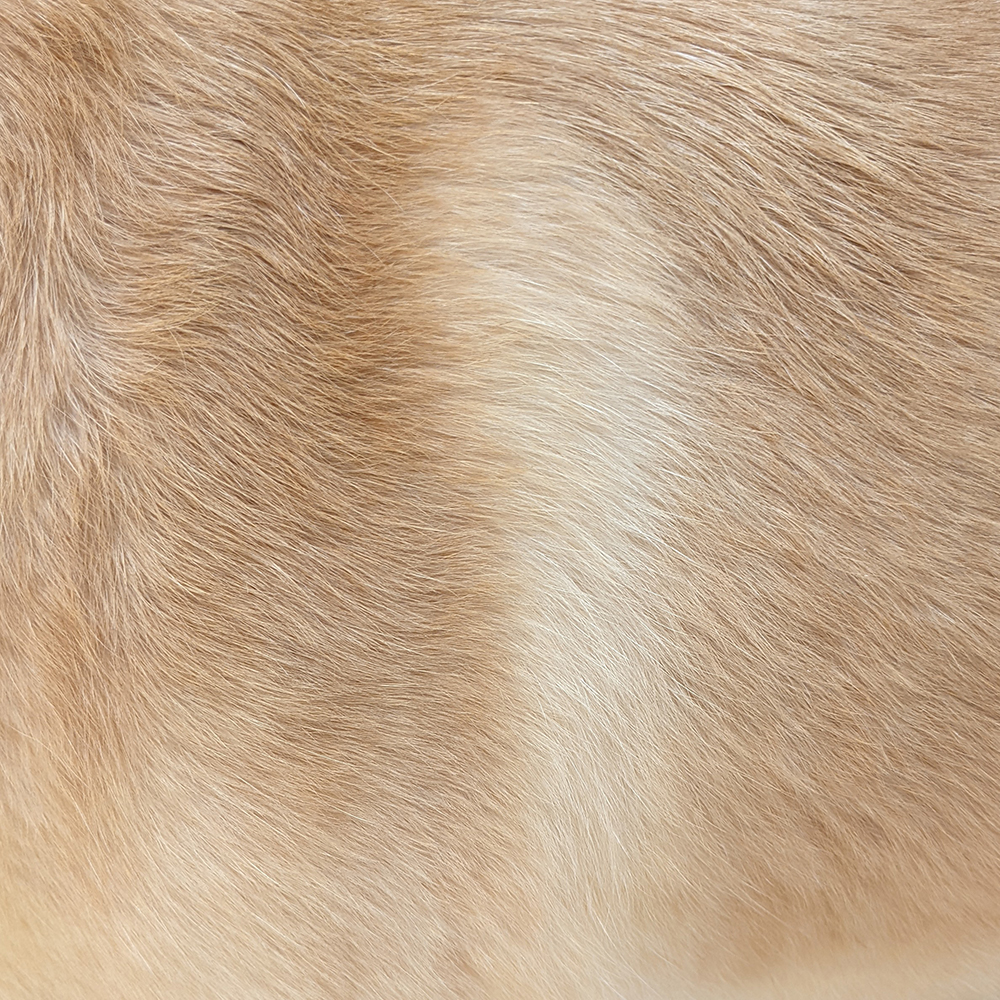
After Grooming
Long Double Coat
Dogs such as long-haired German Shepherds have a long, dense coat that stands away from the skin. The longer haired breeds tend to shed constantly, the undercoat must be combed out to keep the dog healthy and comfortable.
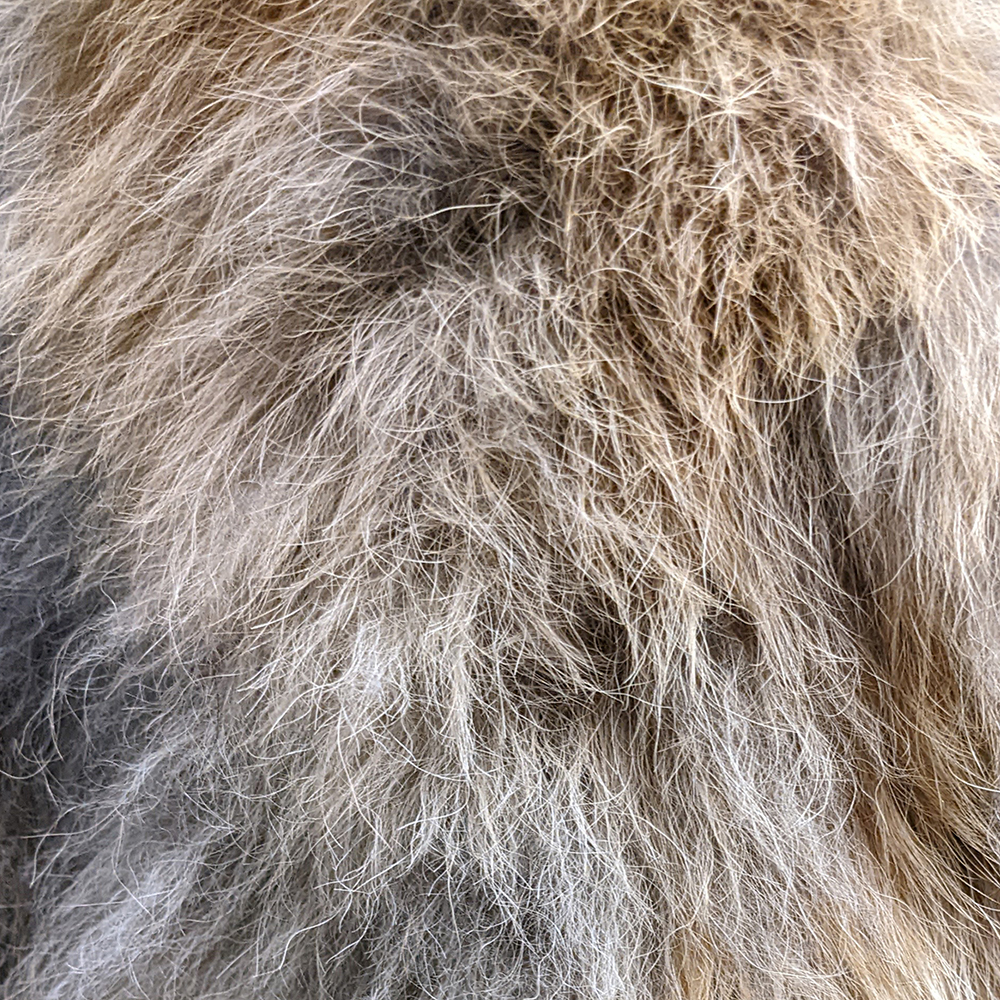
Before Grooming
